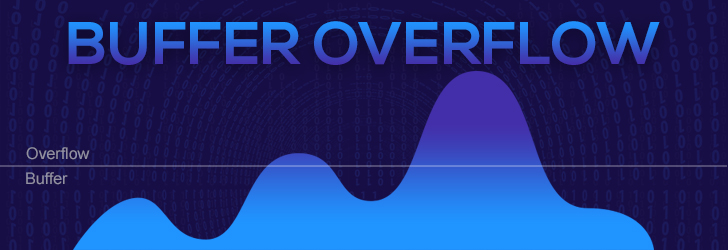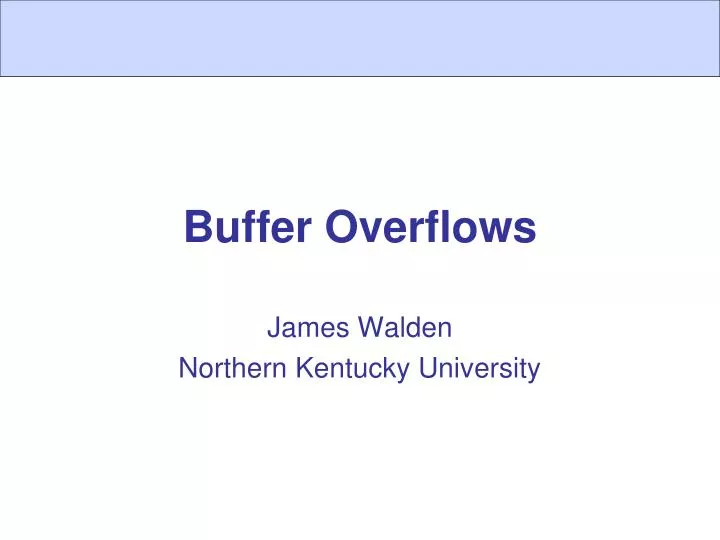


The other side of the coin is that desktops are commonly the target of exploits like buffer-overflow attacks. Employees can inadvertently introduce worms, spyware, and other threats into your network through their desktops or laptops. Managing security and controlling connectivity for the desktops and laptops that your employees use every day can be a real IT headache. Host Intrusion Prevention for Desktops is easy to deploy, configure, and manage.

McAfee Host Intrusion Prevention for Desktops safeguards your business against complex security threats that may otherwise be unintentionally introduced or allowed by desktops and laptops. McAfee Host Intrusion Prevention for Desktops Overview: Security Suite for Virtual Desktop Infrastructure.Complete Endpoint Protection Enterprise.Data Center Security Suite for Databases.This reduces the risk that buffer overflow attacks pose to corporate application security (AppSec). Preventing Vulnerability Exploitation: Web application firewalls (WAFs) and Web Application and API Protection (WAAP) solutions can identify and block attempted exploitation of buffer overflow vulnerabilities.The use of other programming languages such as Python, Java, or C# makes buffer overflows difficult or impossible. Using Memory-Safe Languages: Buffer overflows occur in programming languages with fixed-size variables and no memory protections.Buffer overflow vulnerabilities can be avoided by properly using the safe versions of these functions. Avoiding Vulnerable Functions: Buffer overflows are made possible by vulnerable functions such as gets, scanf, and strcpy in C/C++.Enabling these protections makes buffer overflow attacks much more difficult to perform. Enabling Runtime Memory Protection: Most computers have built-in protections against buffer overflows such as Address Space Layout Randomization (ASLR), Data Execution Prevention (DEP), and Structured Exception Handling Overwrite Protection.Checking the length of data or only copying a certain number of bytes to a memory location can help avoid buffer overflows. Performing Input Validation: Buffer overflow vulnerabilities occur when a program makes assumptions about user-provided input without validating these assumptions.If user-provided data is interpreted as a format string, it can be used to leak or modify sensitive values.īuffer overflow vulnerabilities can be prevented by: Format String Attacks: Functions in the printf family in C/C++ can use format strings, which allow reading and writing of memory.By exploiting a buffer overflow vulnerability and flooding the system heap, an attacker can overwrite critical application data. Heap-Based Buffer Overflow: The program heap is used to dynamically allocate memory to variables whose size is not defined when the program compiles.
BLOCKED BY BUFFER OVERFLOW PROTECTION CODE
Overwriting a return pointer can cause the program to jump to attacker-controlled data and execute it as code, allowing the attacker to run code with the same permissions as the application.


 0 kommentar(er)
0 kommentar(er)
